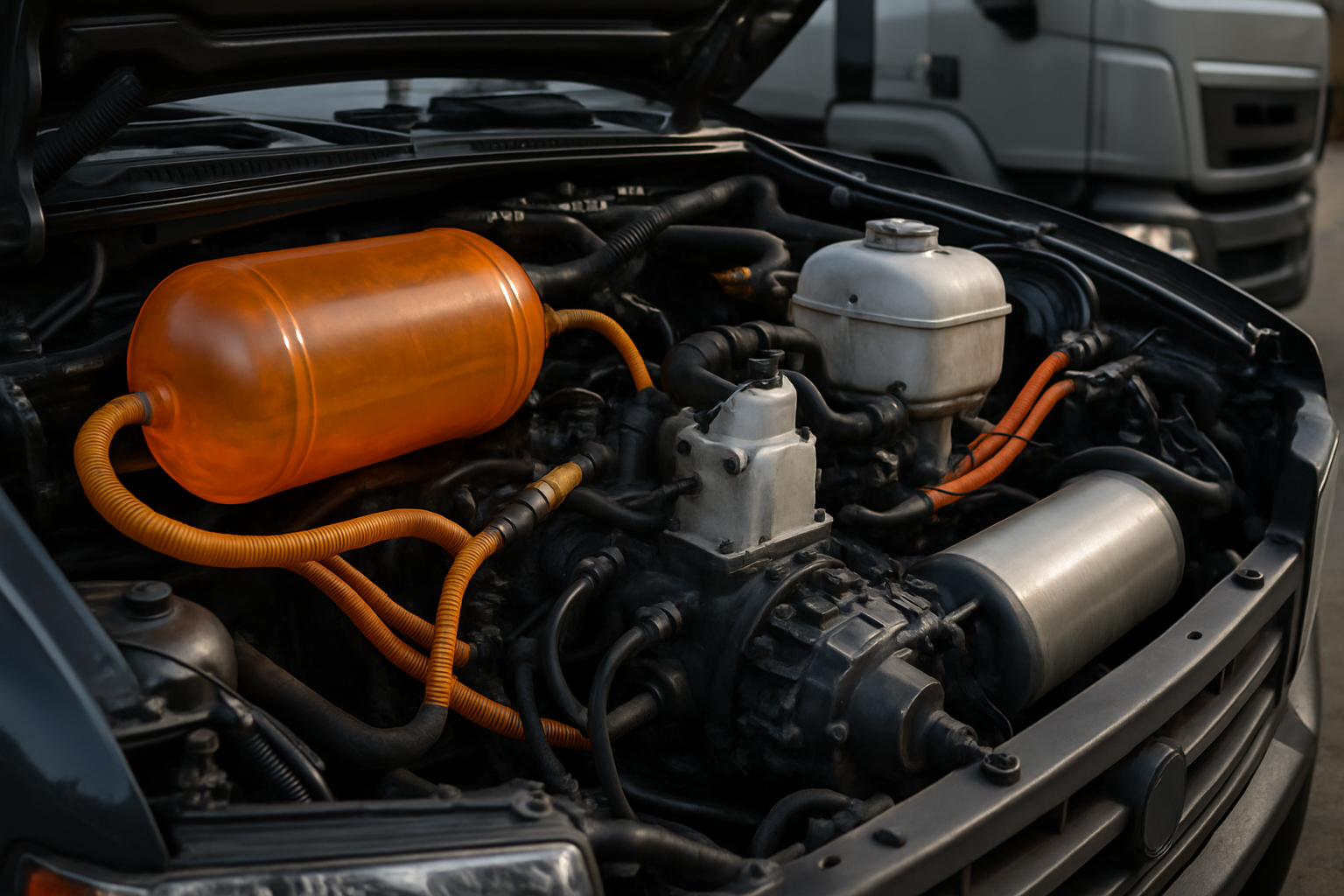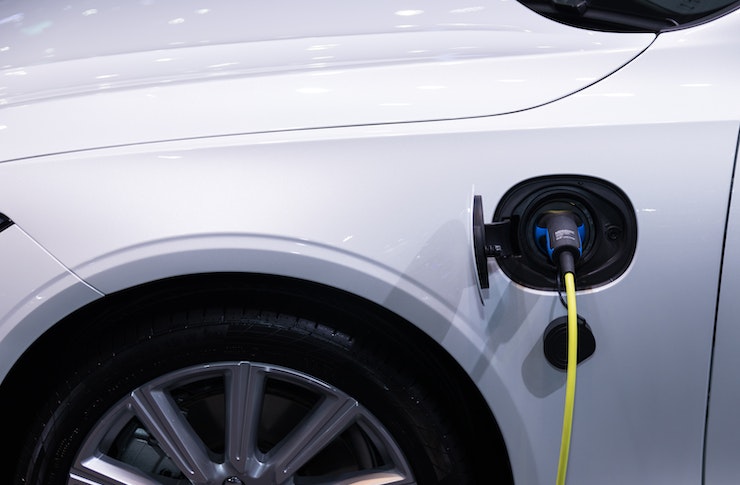Recognizing Automotive Motor Troubles
A vehicle's engine is its heart, and understanding its health is crucial for reliable transportation. Early recognition of automotive motor troubles can prevent minor issues from escalating into costly repairs or even complete engine failure. Paying close attention to how your car performs and sounds can provide vital clues, allowing for timely intervention and ensuring your vehicle remains safe and operational on the roads across the United States.

Identifying Early Indicators of Engine Damage
Detecting engine damage early often relies on recognizing subtle changes in your vehicle’s behavior. Common warning signs include the illumination of the ‘Check Engine’ light on your dashboard, which indicates an issue detected by the engine’s onboard diagnostic system. Unusual noises such as knocking, ticking, grinding, or hissing sounds emanating from under the hood can point to various internal problems, from low oil pressure to worn components. Additionally, observing changes in exhaust smoke color (e.g., blue for oil burn, white for coolant burn, black for rich fuel mixture) or noticing strange odors like burning oil or sweet coolant smells can signify potential engine damage.
Common Causes of Engine Damage in the USA
Several factors contribute to engine damage, many of which are preventable with proper maintenance routines common in the USA. A primary cause is neglecting regular oil changes, leading to insufficient lubrication, increased friction, and eventual wear on internal parts. Overheating, often due to low coolant levels, a faulty radiator, or a malfunctioning thermostat, can warp cylinder heads and damage gaskets. Timing belt or chain failures, if not addressed at recommended intervals, can cause catastrophic internal engine damage by disrupting valve and piston synchronization. Fuel system issues, such as clogged fuel injectors or a failing fuel pump, can also lead to improper combustion and stress on engine components.
Professional Diagnosis of Automotive Motor Troubles
When faced with suspected engine issues, a professional diagnosis is essential for accurate problem identification. Mechanics utilize specialized tools and expertise to pinpoint the root cause of automotive motor troubles. This often begins with an OBD-II (On-Board Diagnostics II) scanner to retrieve trouble codes from the vehicle’s computer, providing initial clues. Further diagnostic steps may include compression tests to check cylinder integrity, leak-down tests to identify air leaks, and visual inspections of belts, hoses, and fluid levels. Listening devices can help locate the source of unusual noises, while specialized cameras can inspect internal engine components without extensive disassembly, ensuring a precise assessment of any engine damage.
Strategies for Preventing Engine Damage in US Vehicles
Proactive maintenance is the most effective strategy for preventing engine damage and extending the lifespan of vehicles in the US. Adhering to the manufacturer’s recommended service schedule, including regular oil and filter changes, is paramount. Regularly checking and maintaining proper coolant levels and quality prevents overheating. Inspecting and replacing timing belts or chains at specified intervals is crucial. Paying attention to dashboard warning lights and addressing them promptly, rather than ignoring them, can prevent minor issues from escalating. Simple habits like regular fluid checks, inspecting belts and hoses for wear, and listening for unusual sounds can significantly reduce the risk of severe engine damage.
Understanding Estimated Costs for Engine Repairs
The cost of repairing engine damage can vary significantly based on the type of damage, the vehicle’s make and model, the required parts, and labor rates in a specific local service area across the United States. Simple repairs like sensor replacements are relatively inexpensive, while major overhauls or engine replacements can be substantial investments. Understanding these potential costs can help vehicle owners prepare for necessary maintenance or repairs.
| Type of Repair | Common Issue | Estimated Cost Range (USD) |
|---|---|---|
| Spark Plug Replacement | Misfires, rough idle | $100 - $400 |
| Head Gasket Replacement | Overheating, coolant leaks | $1,000 - $3,000 |
| Timing Belt/Chain Replacement | Engine noise, performance loss | $500 - $1,500 |
| Engine Sensor Replacement (e.g., O2 sensor) | Check engine light, poor fuel economy | $150 - $500 |
| Water Pump Replacement | Overheating, coolant leaks | $300 - $800 |
| Major Engine Rebuild/Replacement | Catastrophic failure, severe knocking | $3,000 - $7,000+ |
Prices, rates, or cost estimates mentioned in this article are based on the latest available information but may change over time. Independent research is advised before making financial decisions.
Maintaining awareness of your vehicle’s engine health is a fundamental aspect of responsible car ownership. By recognizing early indicators of trouble, understanding common causes of engine damage, seeking professional diagnostics, and implementing preventative measures, drivers can significantly prolong their vehicle’s operational life. Timely action upon noticing any signs of automotive motor troubles is key to avoiding more extensive and costly repairs, ensuring a safer and more reliable driving experience.




